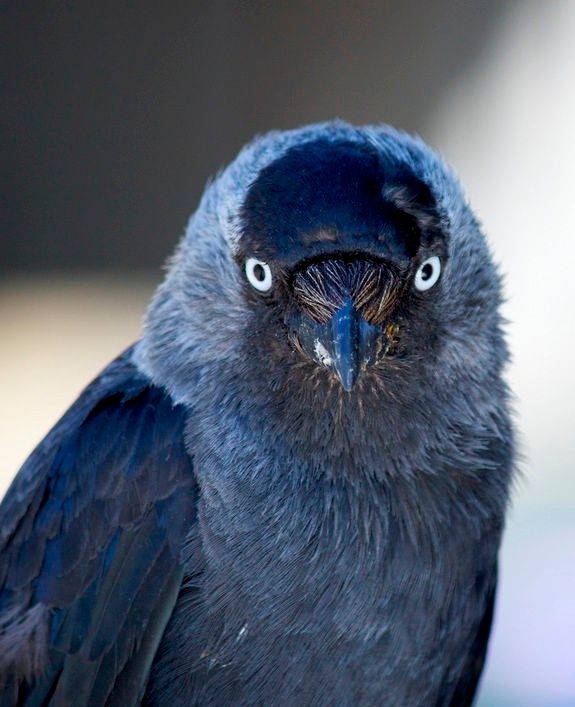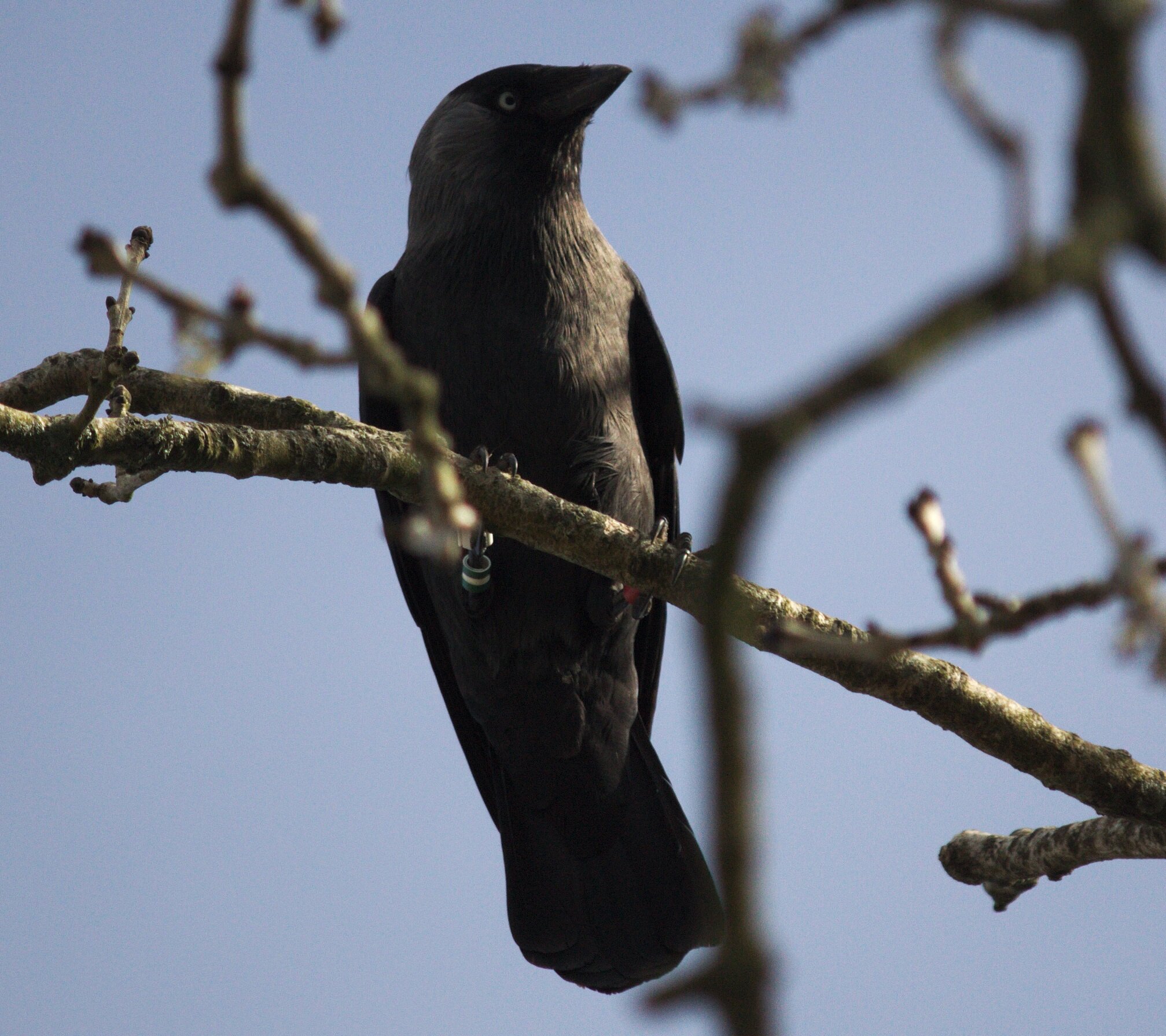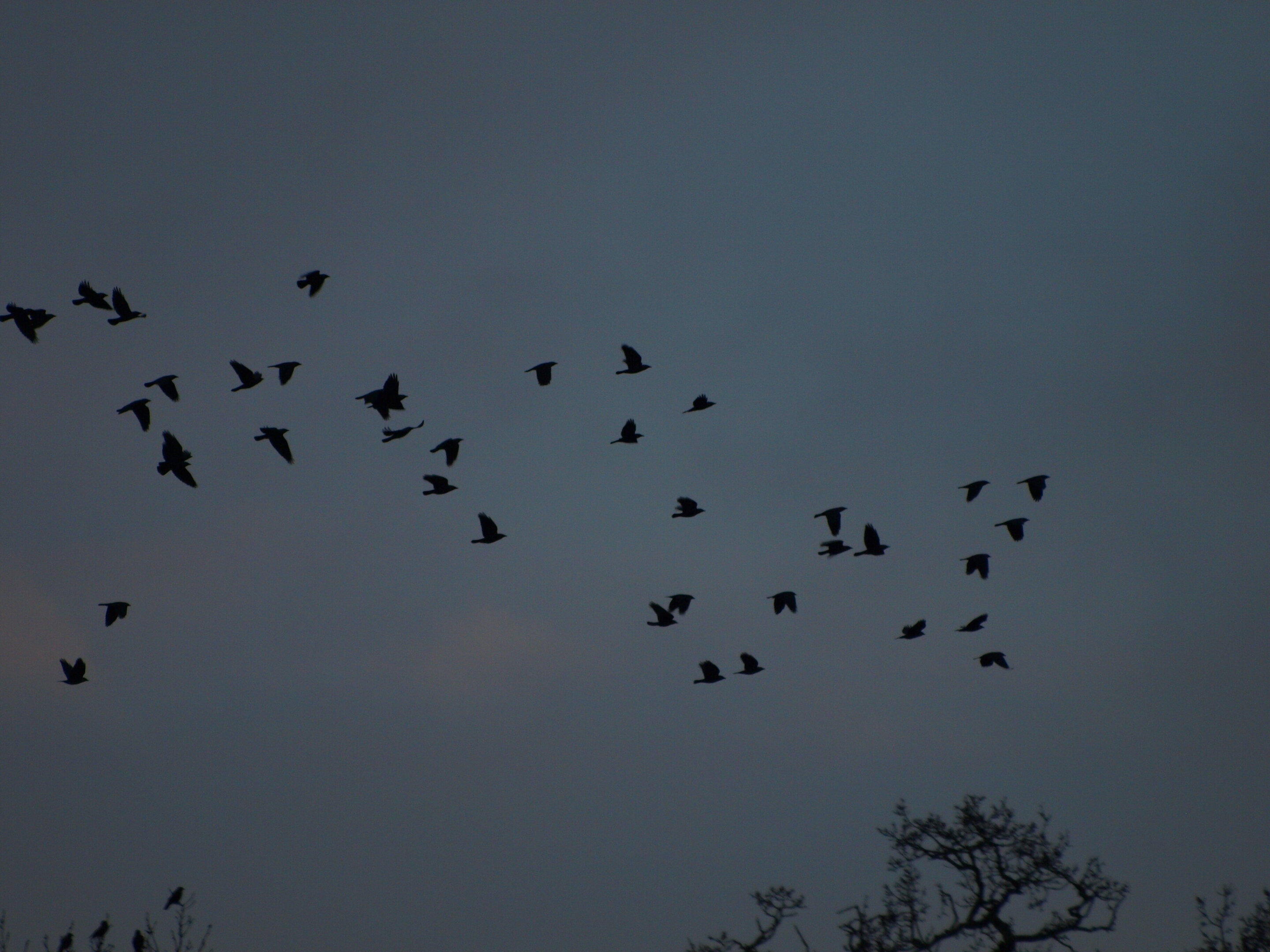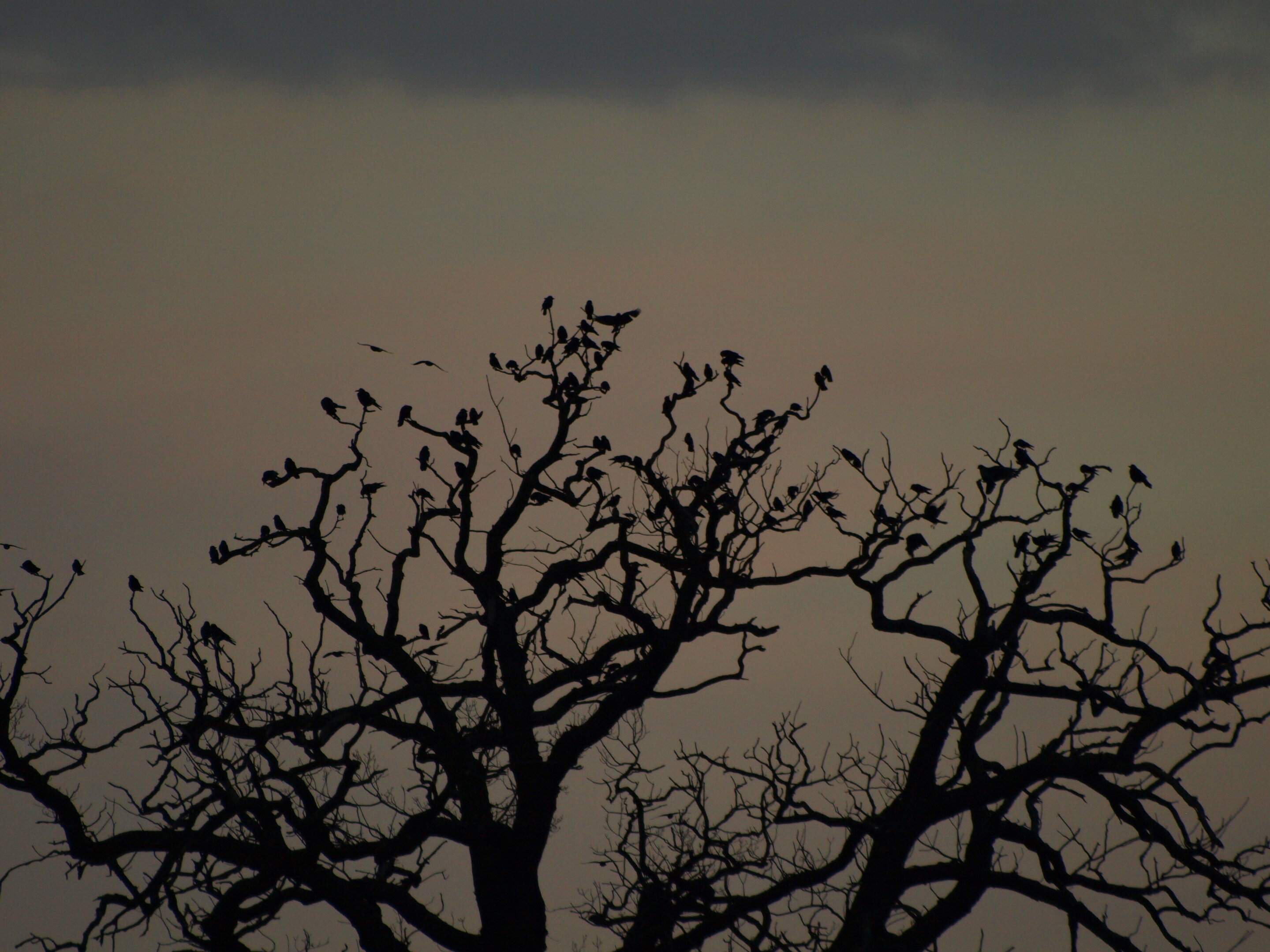Post by OldGreenVulture on Aug 24, 2019 9:01:46 GMT
Jackdaw.
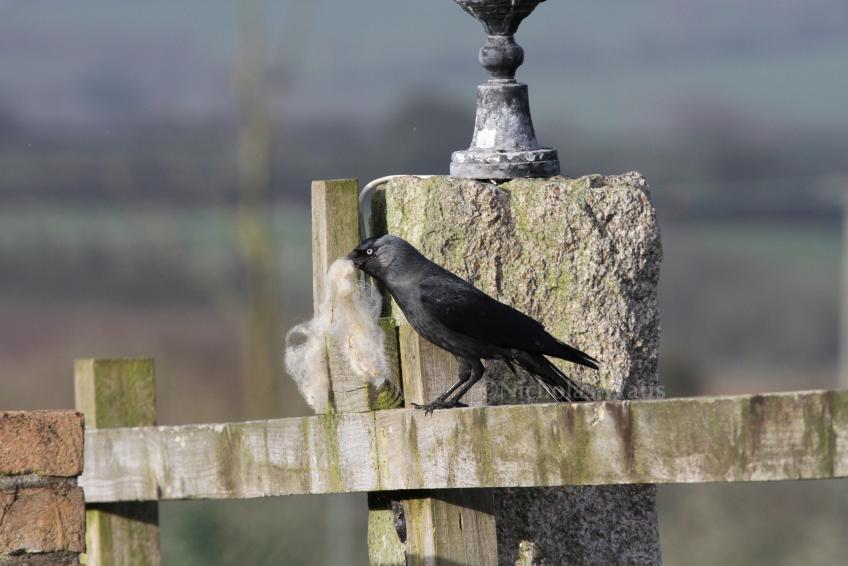
The smallest of the crow family in the UK, the Jackdaw is easy identify with its shiny-black and silver-grey plumage. The pale grey eye is also diagnostic. It is a sociable bird, and not just with its own species but will also flock with Rooks and Starlings to form large feeding groups.
Jackdaw nesting and breeding habits
Unusually for a corvid, the Jackdaw's nest is in a hole in a tree, suitable opening in a building's wall, or large crevice in a cliff. Large nest boxes put up for other species, such as owls, will also be readily taken, plus, and notoriously, chimney pots on houses will also be used. Within the hole or other opening, the nest is constructed of twigs and then lined with wool and other soft material. The size of the nest varies considerably and can end up as an enormous structure, or just be a relatively small pile of twigs, and then lined. Incubation is by the female alone, though both parents feed the young. There is one brood per year, with the clutch size usually being between four and six eggs.
Jackdaw diet and food
The diet is highly varied, with this being a factor in the bird’s success and relatively high population numbers. Food includes invertebrates and their larvae, seeds, nuts, fruit and carrion. Some young nestlings and fledgling of songbirds are also taken, but this is not a major food source. Although not generally a particularly welcome visitor to feeding stations, Jackdaws will eat almost any wild bird food available, and, despite their size, are able to cling onto peanut and suet ball feeders.
Jackdaw history and population trends
The population trend is very much on the up and has been since the 1970s. Although there is no firm evidence as to why this is, it is probably due to increased breeding success as a result of greater food availability – notably in gardens.
Behaviour traits of Jackdaws
The Jackdaw is a sociable bird and will not only form flocks of its own species outside of the breeding season, but also with Rooks, Starlings and the odd Carrion Crow. Like all corvids, Jackdaws are highly intelligent and will problem solve to get to food. They are also very loyal to their partner and will often pair for life, with an interesting and related behaviour being that the pair will often stay together – even when flying – in large winter feeding flocks.
Distribution Map and Info
Throughout the UK, though largely absent from the central, west and NW Highlands of Scotland, and the Western Isles.
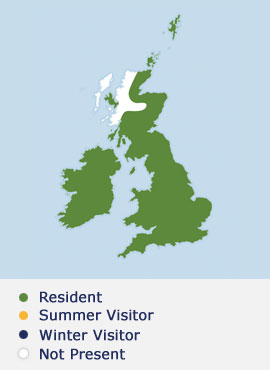
www.vinehousefarm.co.uk/birds/jackdaw/

The smallest of the crow family in the UK, the Jackdaw is easy identify with its shiny-black and silver-grey plumage. The pale grey eye is also diagnostic. It is a sociable bird, and not just with its own species but will also flock with Rooks and Starlings to form large feeding groups.
Jackdaw nesting and breeding habits
Unusually for a corvid, the Jackdaw's nest is in a hole in a tree, suitable opening in a building's wall, or large crevice in a cliff. Large nest boxes put up for other species, such as owls, will also be readily taken, plus, and notoriously, chimney pots on houses will also be used. Within the hole or other opening, the nest is constructed of twigs and then lined with wool and other soft material. The size of the nest varies considerably and can end up as an enormous structure, or just be a relatively small pile of twigs, and then lined. Incubation is by the female alone, though both parents feed the young. There is one brood per year, with the clutch size usually being between four and six eggs.
Jackdaw diet and food
The diet is highly varied, with this being a factor in the bird’s success and relatively high population numbers. Food includes invertebrates and their larvae, seeds, nuts, fruit and carrion. Some young nestlings and fledgling of songbirds are also taken, but this is not a major food source. Although not generally a particularly welcome visitor to feeding stations, Jackdaws will eat almost any wild bird food available, and, despite their size, are able to cling onto peanut and suet ball feeders.
Jackdaw history and population trends
The population trend is very much on the up and has been since the 1970s. Although there is no firm evidence as to why this is, it is probably due to increased breeding success as a result of greater food availability – notably in gardens.
Behaviour traits of Jackdaws
The Jackdaw is a sociable bird and will not only form flocks of its own species outside of the breeding season, but also with Rooks, Starlings and the odd Carrion Crow. Like all corvids, Jackdaws are highly intelligent and will problem solve to get to food. They are also very loyal to their partner and will often pair for life, with an interesting and related behaviour being that the pair will often stay together – even when flying – in large winter feeding flocks.
Distribution Map and Info
Throughout the UK, though largely absent from the central, west and NW Highlands of Scotland, and the Western Isles.

www.vinehousefarm.co.uk/birds/jackdaw/




